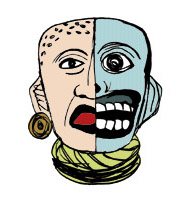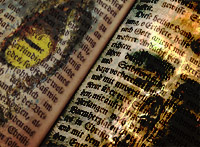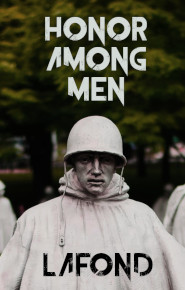James what do you make of this, is it historically accurate?
Take care.
-Big Ron
link › youtu.be/47jmOxzux-8
First, I do not wish to impugn what these men are doing, which is very useful and would be even more useful if they had access to my Gods of Boxing book. The problem is, with the absence of one unconsidered aspect such a reconstruction can distort the results greatly. Left to their own devices these men might eventually discover useful applications of the techniques they are attempting to reconstruct.
Ron, the techniques these men are using have been found depicted in art, mostly from about 530 B.C. in northern Italy, where the Etruscans seemed to live under Hellenic cultural influence. If we take the entire body of boxing evidence from the Italian and Balkan Peninsulas, where warriors lived who engaged in this shared tradition, we see these hammer fisting techniques to be quite rare.
As far back as the Iliad we have poets speaking of boxers punching “straight from the shoulder.”
In later antiquity, among Latin poets, when most men no longer boxed, but whence boxing remained as a spectacle, more poetic attention was given to the finishing hammer blow by authors such as Virgil.
The attempt at the highhanded guard by these two men is fine in its defensive form and finds parallels with modern boxers and Kung Fu. In the 400s this seems to have been the preferred style in Athens, a city that provides most of our boxing art from the period and none of the champions—a huge problem that is. However, in the reconstruction, the experimental archeologists are neglecting the straight punches that comprised most of the ancient boxer’s arsenal and hence it looks kind of affected.
The primary aspect that is different than what ancient boxers with this type of hand gear would have done, is that the stances are too wide and the footwork is sluggish, long and overthought. Ancient boxers fought barefoot on raked earth, not shoed on glazed floors.
They ignore the descriptions of boxers punching straight “from on tip toe” and are focusing exclusively on the unique aspects of the ancient art that differ from the modern, corrupting it out of all semblance to its original form. This is however, a useful exercise.
Also, there are closer examples of hammer fisting in MMA and bare knuckle and small glove boxing. The hammer fists of the 1700s was called a chopper, introduced by Jack Slack, a boxing butcher, who got his inspiration from an obvious source, his trade.
The hammer fist of the 1800s was called a pivot blow, infamously used by a Canadian contender to KO Jack Dempsey for the American title, causing the dastardly blow to be outlawed.
The hammer fist of our time includes both variations in MMA, with the chopper used on the floor for ground and pound and the spinning back-fist an almost identical punch to a pivot blow, which also had an elbow application.
The facing lateral hammer fists the men in the reconstruction are doing are not working because they are not setting them up with a hook or an extended straight. The lateral hammer fist is used when your opponent ducks your hook and then you bring the side of your hand back into his temple. This has been a foul in boxing for over 120 years. As slow as I am I have used it and scored against Oliver and Sean in sparring. But using it from a wide-braced stance is not functional. The pivot mechanic is like a backhand slash in stick-fighting with a golfer’s pivot
This is one reason why you cannot use just artwork to reconstruct something out of the past. For instance, Michael Polikoff points out in his, Athletics in the Ancient World, that ancient artists went to some length to show as much of the man’s chest and thigh as possible on art work, as these were the masculine traits most valued, as indicated by the suitors in the Odyssey gasping at the “sturdy thigh” of Odysseus, who they had thought simply an old beggar until he knotted up his clothes around his waist. And, Big Guy, as you and I know, the boxer that does better throwing those punches “straight from the shoulder” as referenced by Nestor in the Iliad, keeps his feet closer together, which also enhances his high-handed guard and opens up the downward chop to the collarbone. Also, recall that the Great John L. Sullivan used the hammer fist in a raking backhand diagonal motion with the left, to clear the opponents’ hands away so that he could land his straight right.
I am giving a private boxing clinic in Jersey in April and will try and get some of these techniques on film.
Gods of Boxing
link › jameslafond.blogspot.com
The First Boxers











